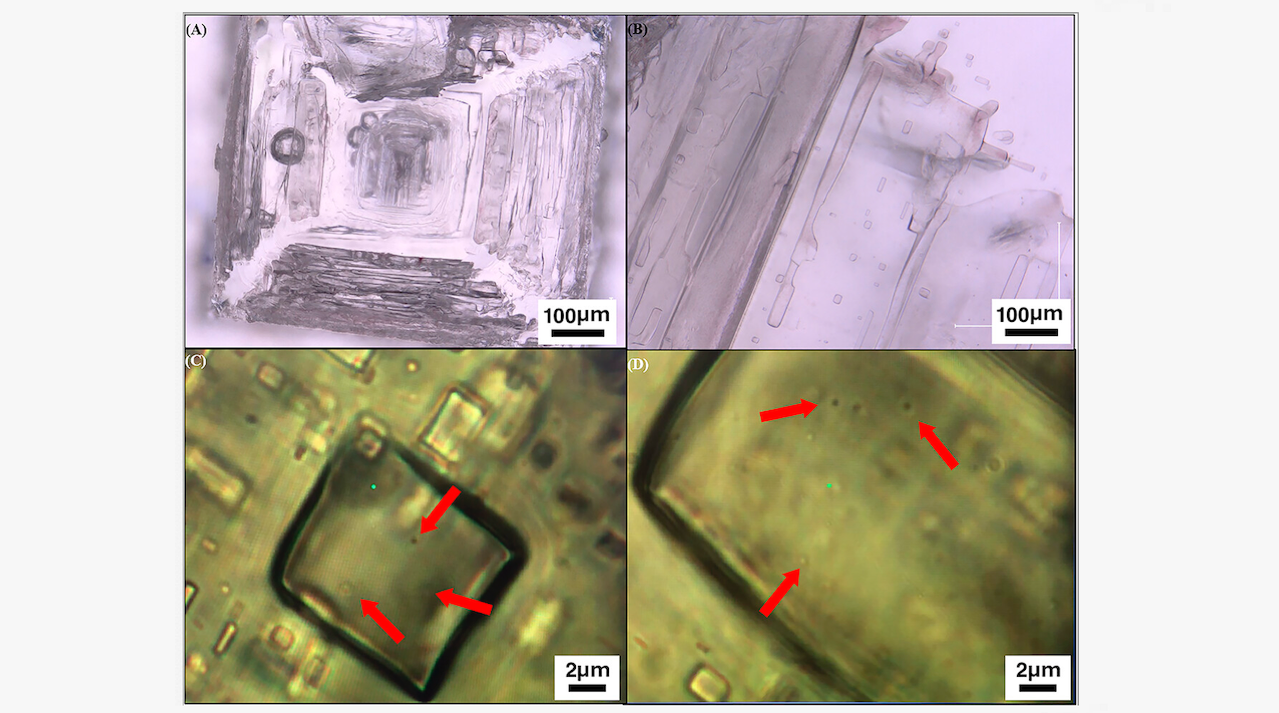Exploring Mars Through Earth’s Salty Secrets
Scientists are turning to Earth’s hypersaline environments to unlock the mysteries of life on Mars. In a fascinating new study, researchers investigated how biological materials and carotenoid biomarkers—the colorful molecules produced by certain microorganisms—can get trapped and preserved inside rapidly forming salt (evaporite) crystals. These environments on Earth serve as perfect analogs for what might exist on the Red Planet, where ancient salt deposits have already been detected.

Preserving Martian Clues in Earthly Salts
The research team focused on halophilic (salt-loving) microorganisms, which thrive where most life would shrivel up faster than a raisin in the Sahara. Within these salty puddles, microorganisms and their chemical signatures get locked away in growing salt crystals, creating tiny biological time capsules. This process might also be at work on Mars, where similar conditions could help preserve traces of past or even present life. If only every fossil could be so well preserved—imagine finding a dinosaur in a salt shaker!
These findings provide hope (and maybe a bit of salty optimism) for future Mars missions. Instead of just looking for rocks, scientists can now target these salt deposits, potentially uncovering ancient Martian life, one crystal at a time.